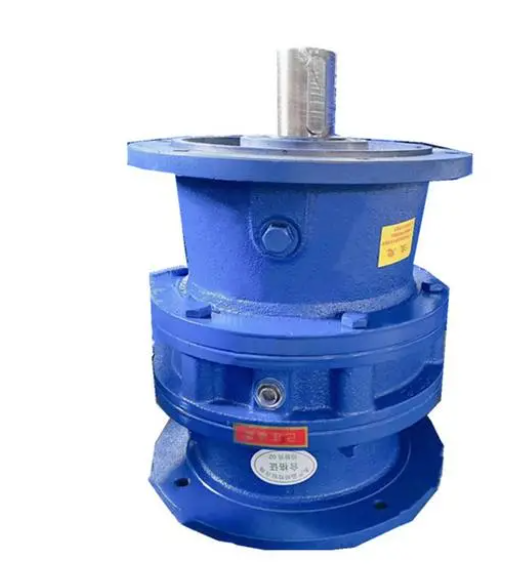Cycloidal pinwheel gear reducer maintenance and installation essentials BLD14

As an important equipment widely used in the industrial transmission field, the maintenance and installation of cycloidal pinwheel reducer is of great significance for ensuring the normal operation of the equipment and extending its service life. This article will take the BLD14 cycloidal pinwheel reducer as an example to provide a detailed introduction to its maintenance and installation essentials, in order to help readers better grasp relevant knowledge.
1、 Preparation work before maintenance
Before repairing and installing the cycloidal pinwheel reducer, sufficient preparation work is required first. This includes collecting relevant information about the equipment, understanding its structure, performance, working principle, and usage precautions. At the same time, a comprehensive inspection of the operation status of the equipment is required to determine the parts that need to be repaired and replaced. In addition, it is necessary to prepare necessary maintenance tools and materials to ensure the smooth progress of maintenance work.
2、 Disassembly and cleaning
When disassembling the cycloidal pinwheel reducer, the structure and disassembly sequence of the equipment should be followed to avoid damaging the equipment or components. During the disassembly process, attention should be paid to marking the position and direction of each component so that it can be correctly reset during subsequent installation. After disassembly, the components should be cleaned to remove impurities such as oil stains and rust, in preparation for subsequent maintenance work.
3、 Inspection and replacement
After cleaning, a detailed inspection of each component of the cycloidal pinwheel reducer should be carried out. For parts that are severely worn, damaged, or malfunctioning, they should be replaced in a timely manner. When replacing components, choose components that match the original equipment and install them according to the technical requirements of the equipment. At the same time, lubrication treatment should be carried out on the transmission part of the equipment to ensure its normal operation.
4、 Installation and Debugging
When installing the cycloidal pinwheel reducer, it should be done according to the structure and installation sequence of the equipment. Firstly, the base should be fixed on the foundation and ensure that the levelness and verticality of the base meet the requirements. Then, install each component according to the marked position and direction, ensuring that the fit clearance and positional relationship between each component are correct. During the installation process, attention should be paid to using appropriate tools and methods to avoid damaging equipment or components. After installation, the equipment should be debugged to check whether its transmission performance, noise, temperature and other indicators meet the requirements. If there are any abnormal situations, they should be adjusted and dealt with in a timely manner.
5、 Usage and maintenance
After the cycloidal pinwheel reducer is put into use, regular maintenance and upkeep should be carried out. This includes regular replacement of lubricating oil, cleaning of equipment, inspection of component wear, etc. At the same time, attention should be paid to the operating environment and usage conditions of the equipment to avoid excessive impact or vibration. In the process of use, if any abnormal situation or malfunction is found in the equipment, it should be stopped for inspection and maintenance in a timely manner to avoid the expansion of the malfunction or the impact on the normal operation of the equipment.
6、 Precautions
When repairing and installing the cycloidal pinwheel reducer, the following precautions should also be taken:
1. Strictly follow the technical requirements and operating procedures of the equipment to ensure the correctness and safety of maintenance and installation work.
2. Use appropriate tools and methods for disassembly and installation to avoid damaging equipment or components.

